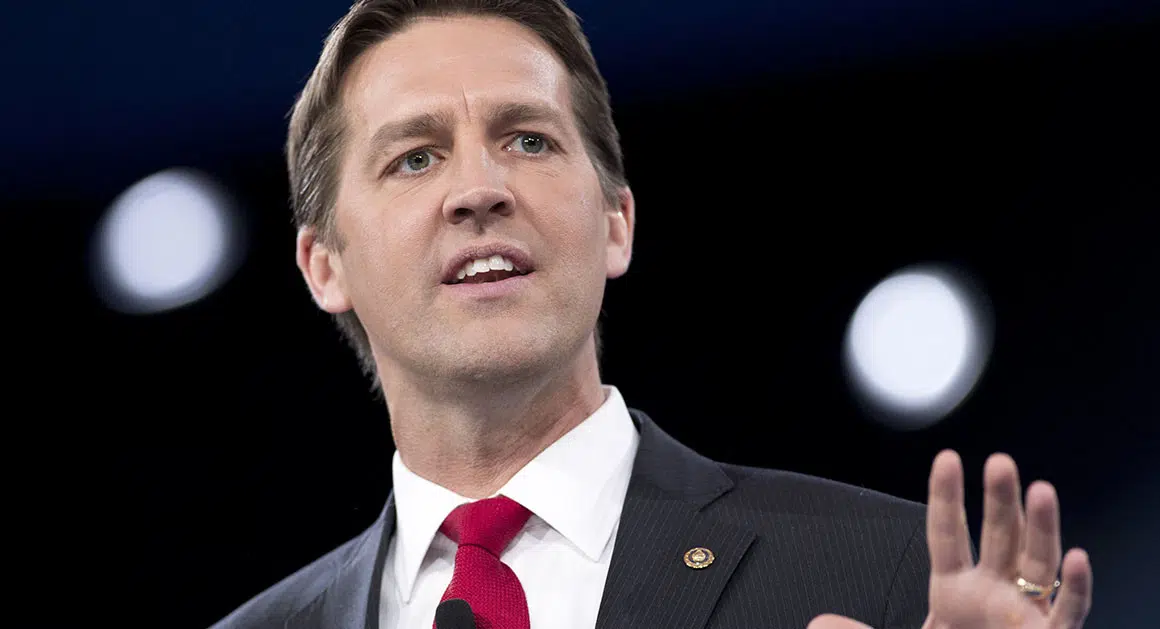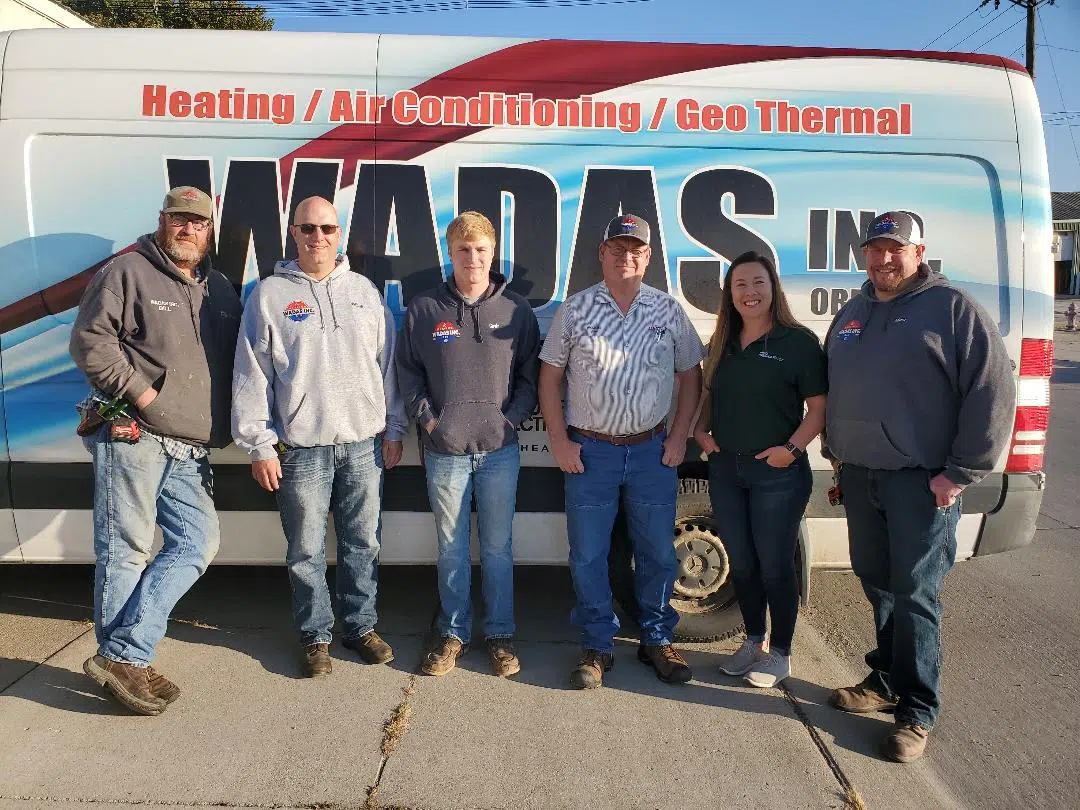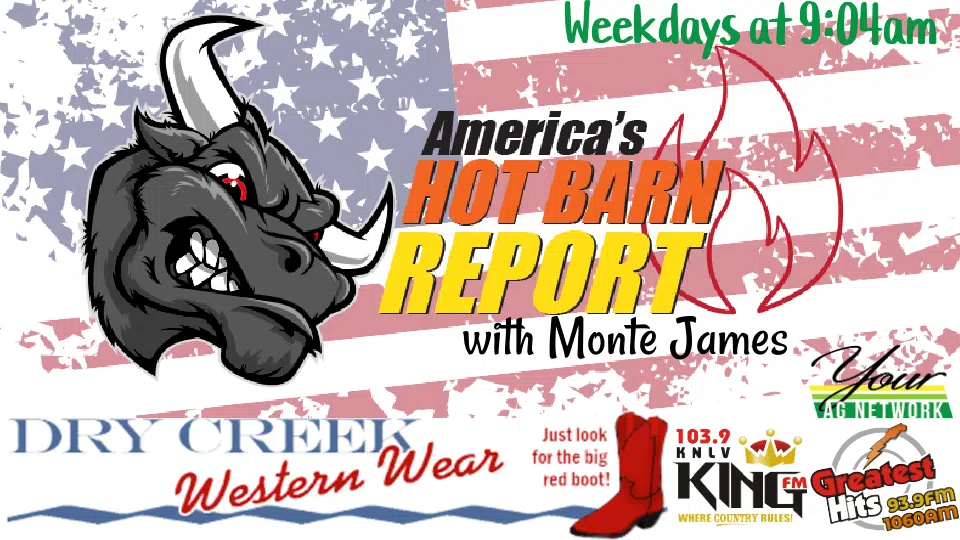Washington, D.C. — U.S. Senator Ben Sasse reintroduced the Transporting Livestock Across America Safely Act. Sasse led a bipartisan group of Senators in introducing the legislation.
“Agriculture drives Nebraska, and nobody works harder to ensure the safety and well-being of livestock than the Nebraskans who hustle day in and day out,” said Senator Ben Sasse. “Overly strict regulations are hurting our ranchers and our haulers. My legislation pushes back against those dumb regulations and works to promote safe transportation. This is good, reasonable, common-sense, bipartisan legislation — and it should pass so we can give Nebraskans the flexibility they need to keep livestock safe and to keep our state running and feeding the world.”
“Nebraska plays an integral role in the beef production chain, with a vast amount of livestock shipped in and out of our state daily,” said Nebraska Cattlemen President Mike Drinnin. “One size fits all federal regulations endanger the health and welfare of livestock by failing to account for the intricacies involved with hauling live animals. This legislation provides needed flexibility for livestock haulers while continuing to maintain the safety of our roads.”
“On behalf of the Nebraska Farm Bureau I want to thank Sen. Ben Sasse for his work in introducing the ‘Transporting Livestock Across America Safely Act,’” said Nebraska Farm Bureau President Steve Nelson. “Livestock production is a major contributor to Nebraska’s local and state economies. The ability to transport livestock in timely and safe manners plays a major role in the success of Nebraska’s livestock sector. Sen. Sasse’s bill is a step in the right direction to fixing regulations that fail to provide the flexibility needed to address the unique needs that exist in the transport of livestock.”
Senators Fischer (R-NE), Cramer (R-ND), Risch (R-ID), Daines (R-MT), Rubio (R-FL), Tester (D-MT), Smith (D-MN), Crapo (R-ID), Roberts (R-KS), Hyde-Smith (R-MS), Moran (R-KS), Jones (D-AL), Hoeven (R-ND), Rounds (R-SD), Braun (R-IN), Enzi (R-WY), Ernst (R-IA), and Lankford (R-OK).
The legislation is supported by the Nebraska Farm Bureau, Nebraska Cattlemen, National Cattlemen’s Beef Association, U.S. Cattlemen’s Association, and the Livestock Marketing Association.
Starting December 18, 2017, the U.S. Department of Transportation Federal Motor Carrier Safety Administration (FMCSA) required commercial vehicle drivers to install an electronic logging device (ELD) in their truck. The ELD will track driver compliance with the Hours of Service (HOS) rules by connecting to the engine to log vehicle motion. The FMCSA exempted livestock haulers from this requirement until further review of a petition filed by the livestock industry. Delay language was also included through the appropriations process.
For livestock, live fish, and insects, HOS rules require that haulers turn on their ELD after they cross a 150-air mile radius of the origin of their load (such as cattle). After crossing a 150-air mile radius, haulers must start tracking their on-duty time and can only drive 11 hours before taking a mandatory 10-hour rest time. While the FMCSA is evaluating the impact of the HOS requirements for livestock, they are not expected to make any substantial changes through the issued guidance.
The inflexibility of these regulations will be costly for haulers (who have a proven safety record) and place the well-being and welfare of cattle, hogs, and other livestock at risk. Current law does not allow flexibility for livestock and insects to reach their destination given the vast geography of production and processing facilities, most often spanning from coastal states to the Midwest. Extended stops for a hauler, which would be necessitated by these HOS regulations, are especially dangerous for livestock during summer or winter months; high humidity and winter temperatures with below-freezing wind chills cause significant stress on livestock.
The Transporting Livestock Across America Safely (TLAAS) Act addresses these problems and eases the burden of these far-reaching HOS and ELD regulations for haulers of livestock or insects.
Specifically, the Sasse legislation:
Provides that HOS and ELD requirements are inapplicable until after a driver travels more than 300-air miles from their source. Drive time for HOS purposes does not start until after 300-air mile threshold.
Exempts loading and unloading times from the HOS calculation of driving time.
Extends the HOS on-duty time maximum hour requirement from 11 hours to a minimum of 15 hours and a maximum of 18 hours of on-duty time.
Grants flexibility for drivers to rest at any point during their trip without counting against HOS time.
Allows drivers to complete their trip – regardless of HOS requirements – if they come within 150-air miles of their delivery point.
Ensures that, after the driver completes their delivery and the truck is unloaded, the driver will take a break for a period that is 5 hours less than the maximum on-duty time (10 hours if a 15-hour drive time).

















